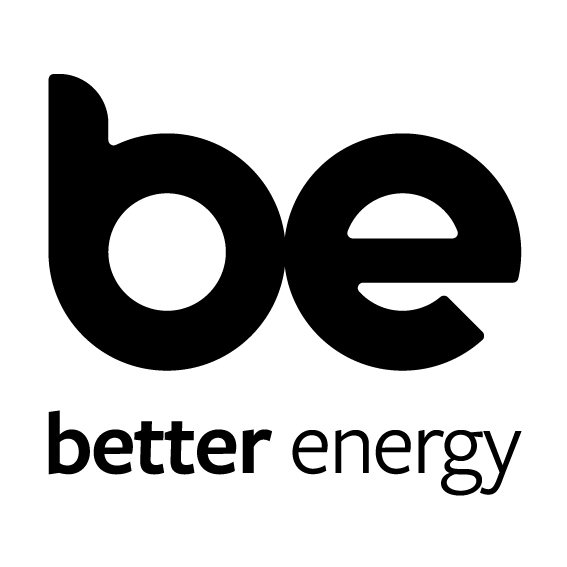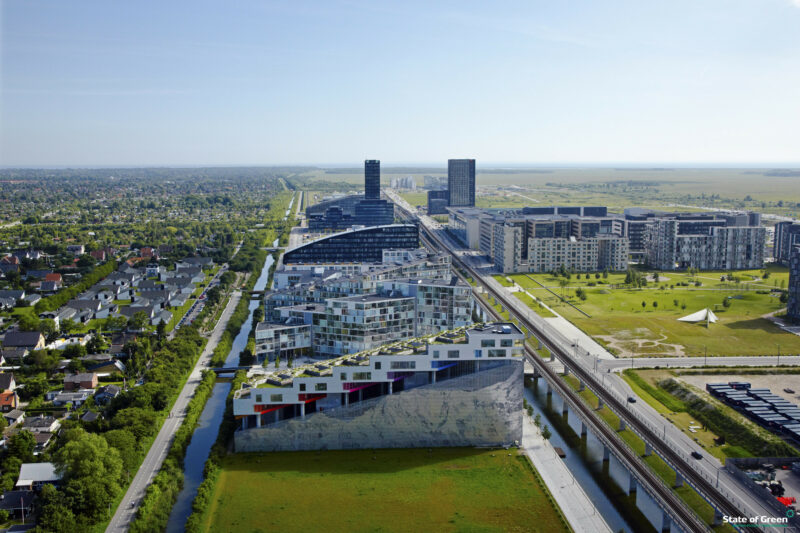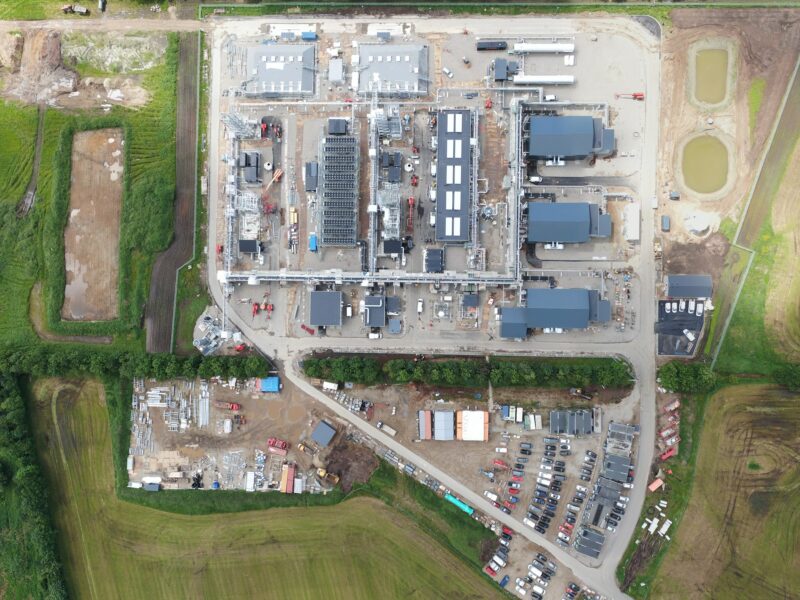News
Smart energy systems
Danish SDG Investment Fund kicks off with Better Energy solar project


As one of the poorest countries in Europe, with a large population and great economic potential, Ukraine is challenged by an energy sector which is obsolete and in dire need of modernisation. Ukraine has developed an ambitious strategy to increase domestic production of energy and to improve the share of renewable sources to 25 per cent of the total energy supply by 2035.
The Danish SDG Investment Fund and the Danish renewable energy company Better Energy are supporting the Ukrainian strategy and SDG 7 “Affordable and Clean Energy” by investing in Ganska, a 19.1 megawatt solar park located in the Zhytomyr region in central Ukraine. When connected to the national grid, the 59,000 solar modules at Ganska will produce renewable energy equivalent to the consumption of close to 6,500 households and will reduce CO2 emissions by 8,000 tons annually. Repayment of the investment will be based on a Power Purchase Agreement (PPA) with the Ukrainian authorities.
"We need to work in partnership with the private sector to deliver on the 2030 Agenda. Acceleration towards the SDGs requires a new approach. The Danish SDG Fund was highlighted at the international P4G summit in Copenhagen in October as a leading example of a public-private partnership for targeted investment in the SDGs. This project in Ukraine is a good illustration of how it works," said Ulla Tørnæs, Danish Minister for Development Cooperation.
"We are very pleased to have signed the SDG fund’s first investment in a project that will have a significant impact by assisting Ukraine in increasing domestic produced energy and facilitating their transition to renewables," said Torben Huss, IFU’s CEO.
"Ganska is a first on many fronts - a small step towards a bigger stride. Ukraine is a market where Better Energy technology has the potential to deliver on our purpose: impact that matters. This pilot project provides a toehold from which further progress can be made. A fitting kickstart to a future cooperation with IFU and the SDG fund," said Mark Augustenborg Ødum, EVP markets & project finance for Better Energy.
More projects on the way
IFU has long-standing experience from several investments in Ukraine, including four renewables projects within wind and solar for a total of 110 megawatts. As one of the targeted sectors in the Danish SDG Investment Fund is renewable energy, the Ganska solar park is a good match for the fund’s first investment. The investment also fits well with the intentions of the Neighbourhood Energy Investment Programme entrusted to IFU by the Danish Government to promote Danish investments in Ukraine and Georgia.
The solar park is Better Energy’s first investment in Ukraine, but more projects are under development. Better Energy has the expertise and technology needed to upgrade the energy sector in Ukraine while providing a sound commercial investment. NEFCO – the Nordic Environment Finance Corporation – has supported the investment with a long-term loan.
Danish SDG Investment Fund
The Danish SDG Investment Fund is set up to support the UN Sustainable Development Goals by providing risk capital to commercial sustainable projects in developing countries and emerging markets. The Danish SDG Investment Fund is a public-private partnership funded by the Danish state, the Investment Fund for Developing Countries (IFU) and several private investors, including PKA, PensionDanmark, PFA, ATP, JØP/DIP, Pensam and Navest. IFU is fund manager of the Danish SDG Investment Fund, which reached a preliminary capital commitment of DKK 4.1 billion in its first closing in June 2018.
You should consider reading
solutions
Combined heat and power production
+6
CopenHill: The story of the iconic waste-to-energy plant
20 November 2024publications
Combined heat and power production
+9















